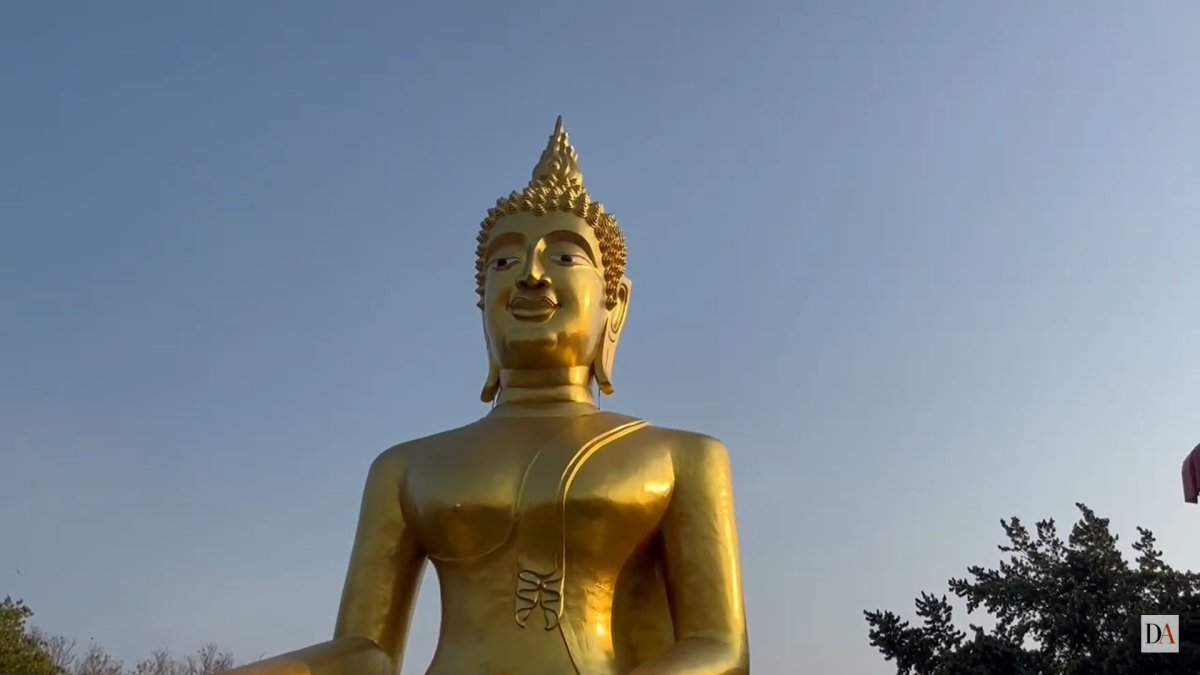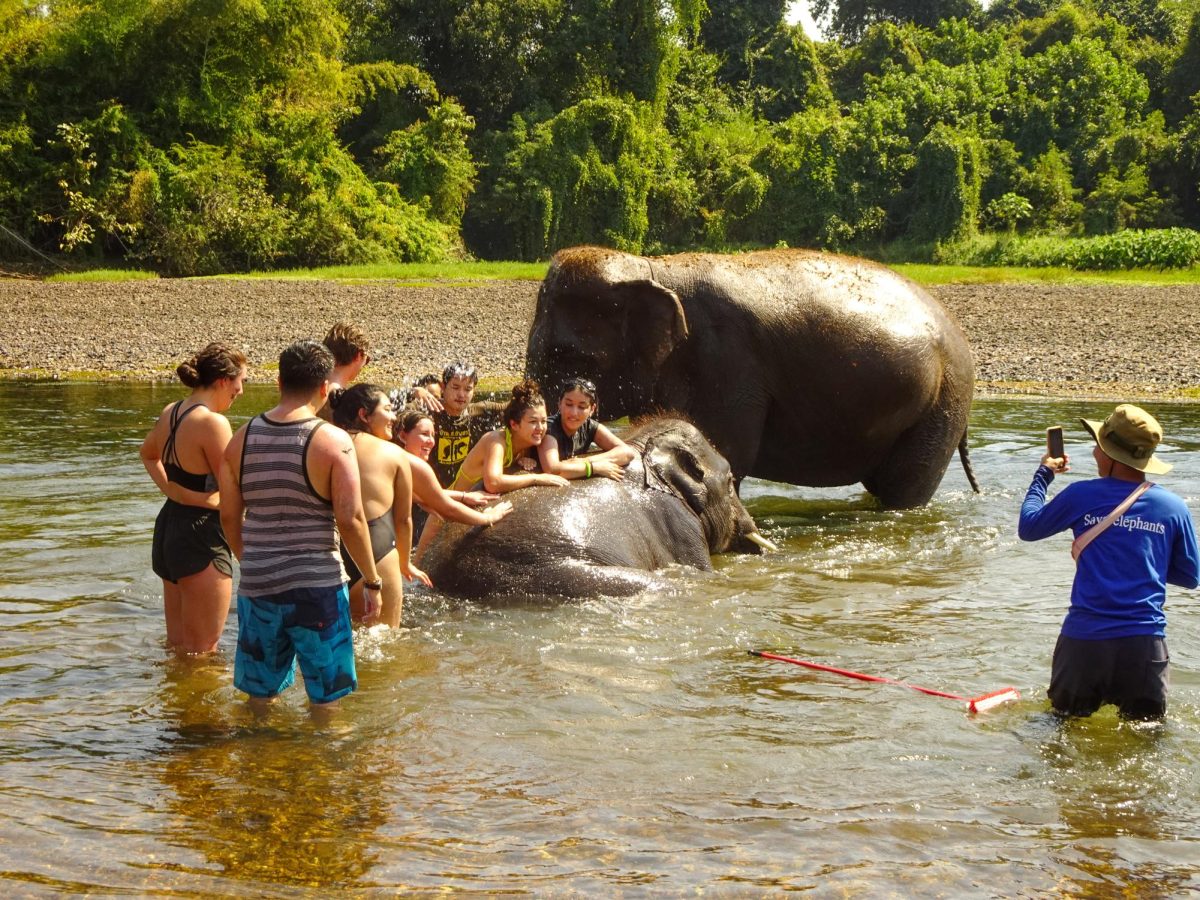 James Norton, Staff Photographer
James Norton, Staff PhotographerSeeing a dead body is scary. I first saw one when I was 5 years old at a local priest’s funeral. My dad insisted we take a closer look. My knees were shaking as we approached the rubbery, orange-looking corpse.
That funeral came to mind while I was driving down El Cajon Boulevard and I noticed three mortuaries on the small stretch of the road. It made me wonder what life is like as a mortician.
Is it similar to the life of a lighthouse keeper, solitary and sad? Or is it more like being a taxidermist?
With these questions in mind, I headed to Featheringill Mortuary. A funeral was taking place, so there was a hearse outside and organ music inside.
Wallace Featheringill, a mortician, brought me into a small office to chat. His voice was calm and comforting as he spoke about his career.
He has worked at Featheringill Mortuary for 40 years but has been around morticians even longer because his father was one, too.
Although he said he never planned to become a mortician, after Featheringill graduated from San Diego State, he started working at a mortuary downtown before opening the one he now owns.
Featheringill said he enjoys his work and that seeing corpses on a daily basis has never fazed him.
“I’m not scared of the bodies,” he said. “The families are who you’d be scared of.”
Featheringill said most people he deals with are nice, but he has seen his share of sibling squabbles while working out funeral arrangements. He said some families act horribly when they should be coming together, forgetting about old problems.
Other families treat their dead with indifference. Some people actually leave the ashes behind for months or years. Featheringill Mortuary has a closet with about 50 sets of unclaimed remains.
Whatever the family is like, most want a viewing at the funeral, so the body has to be embalmed.
An embalming career is a rigorous program that starts at a mortuary college. John Hunter, an embalming contractor, said 15 out of 80 students in his college class completed the coursework.
“I really should have just gone to medical school for how much work it was,” Hunter said.
Hunter attended school in Los Angeles. He said he learned everything from anatomy to restorative art and funeral ceremonies to accounting. But it was as an apprentice who taught Hunter embalming.
Hunter doesn’t own his own supplies because each mortuary provides the fluids and tools. If a person dies of natural causes and the body has been untouched, Hunter completes the embalming within a few hours. However, if there’s been an organ donation, the process is more complicated.
Embalming is done like a blood transfusion. If the arteries are cut from an organ donation, there isn’t a suitable canal for the formaldehyde to flow through.
“For example, when there is a long bone donation, the only thing you can embalm is the head, while you put the rest of the body in a bag,” Hunter said. “I suggest cremation. Not only am I exposed to more fluids and gases (when I embalm), there is a lot more sewing.”
After Hunter gave me a quick lesson in embalming 101, he took me on a tour of his preparation room.
Three corpses were each covered in plastic bags and sheets, carefully placed on beds. One woman, sans bags, looked ready for a viewing. Her makeup was thick and bright to make her look more lifelike. Her hair was coifed into an updo with a bottle of hairspray sitting nearby. She just needed to be slid into her casket.
Then, we took a closer look at a man who died from Alzheimer’s disease. Hunter untucked the man’s stitched-up head from the Vons 100th anniversary bag shrouding it. Black stitches stood out from the back of his scalp, where pieces of his brain had been removed to study.
Seeing the bodies was eerie. I halfway expected one of them to sit up or move its hand spasmodically, similar to what happens in the movies. Even though Hunter told me that dead bodies moving is an old wives’ tale, I wondered if he had just been lucky enough not to experience it.
After spending time with Hunter and Featheringill, I have more insight into the funeral business. It’s not a job for the faint of heart. It takes a compassionate person to be a mortician and an embalmer can’t be squeamish about getting his or her hands dirty or being exposed to foul sights and smells.
The idea of spending all day with death like these men do isn’t appealing to me, but someone has to do it.
-This column does not necessarily reflect the opinion of The Daily Aztec.






